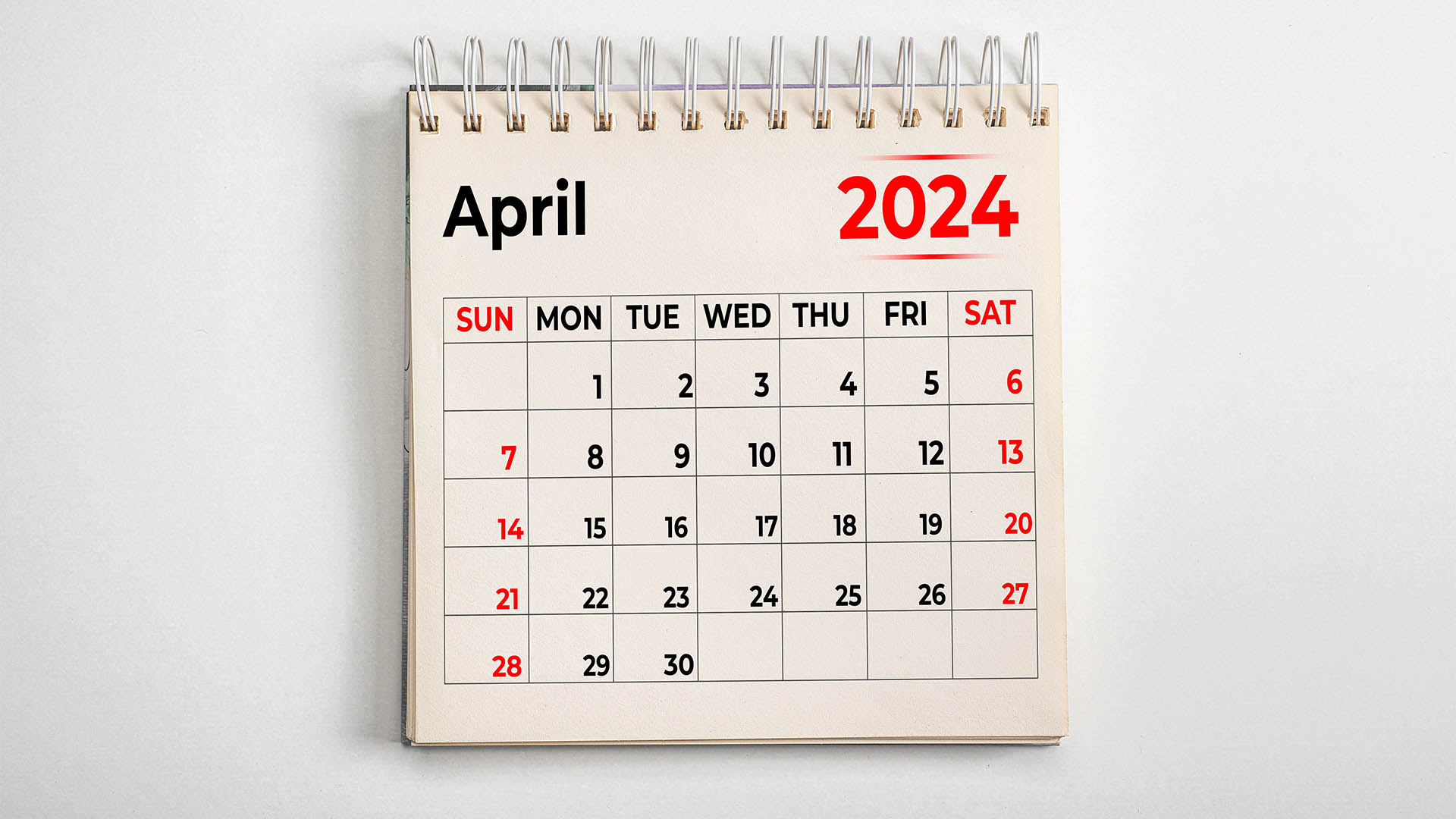Companies discussed include:
Sonic Healthcare Limited (ASX:SHL)
Cochlear (ASX:COH)
Transurban Group (ASX:TCL)
The following transcript was automatically generated
Hello, this is Stock Watch with Chris Pedersen on Wednesday, the 8th of November 2023. Any advice provided is general advice. It may not be suitable for you. Always consult your financial advisor before making any investment. All questions from viewers should be sent to Stock Watch at stockwatch@fnn.com.au. A few observations of mine. First off, I hope everybody had an enjoyable Melbourne Cup day and won money.
I know I didn't even bet and most people I know lost, but some people hit it big. Our equity market has been following the bond market of late. When Aussie bond yields rise. Equities go down. When bond yields drop. Equities Rally. This makes sense simply because we look at equity valuations on long term interest rates as a discount for determining discounted cash flow pricing.
Now, yesterday at 230, just before the Cup, the RBA made an announcement on interest rates. A lot of people in the market were expecting a rate rise. Personally, I was expecting it to be flat. I was wrong. They raised it by 25 basis points to 4.35%. Their reasoning is they worry that inflation will be too hard to reduce if not addressed now.
That is true because if inflation gets entrenched in the psychology of individuals and businesses, it does become more difficult to get rid of. And we might have the early 1980 scenario under Paul Volcker, where he really had to raise rates and cause a big recession in order to get rid of inflation. Now inflation is coming down, but it's not coming down fast enough.
If our economy was strong, the Aussie dollar would rally on the rate rise. It did not. It is at 6429. Concern is service sector inflation overseas will migrate here, while service inflation is essentially wage growth. That's not necessarily bad, but it does increase demand, which then causes a shortage of supply, which can be inflationary. No mention whatsoever though, of how the rate rise will reduce inflation.
I want to hear this detail from the RBA. GST and other fuel and excise taxes are included in inflation figures. Thus government collects more tax from us when there's inflation because prices rise and we pay more tax. Do we need to have the CPI indexed so we don't pay more? Average household spending has declined on a per person basis.
This is what concerns me. What is driving small increase is due to population growth. To get inflation under control, we need to increase production, not reduce household spending further for struggling families through higher interest rates. Here's a good example that I just did. Back of the envelope math. It might not be perfect, but it's not going to be far off from the actual reality.
This is for beer tax and the impact of inflation. Inflation for brewer inputs, let's assume, is at the CPI current rate of 5.4%, which means the cost of barley, malt water, etc. is up 5.4%. But we have government tax which end of January this year rose 3.7%. And beginning of August there is an increase of 2.2%. When you compound those two together, it's a 6% increase plus the impact of extra GST charged on top of the above makes that the cost of beer to the consumer this year with 5.4%.
Inflation is actually 12.89%. Thus you see a very good example of how tax magnifies the impact of inflation. Perhaps if the government didn't increase tax so much, inflation wouldn't be so bad and then we wouldn't have to have a rate rise. Right now we're in the reporting season for banks on the 3rd of November, Macquarie reported. They happened to be ex-dividend 13th of November.
Westpac reported on Monday, the 6th of November. NAB reports on the ninth. ANZ reports the 13th and CBA is not a half year but only a quarterly update. So it's not full financials. They report the following day in the 14th. So after all these banks report, we'll get a good picture of how they're performing. Now, looking at Macquarie, Westpac, there's a key takeaway I observed.
One is banks are struggling with growth in revenue. They underperform. When you take population growth and inflation into account, they don't just underperform, they're massively underperforming. Accordingly, their focus in order to enhance earnings per share is to reduce costs. Now they've got a problem here. What Westpac is showing and Macquarie is that technology cost increases are greater than the cost savings from the large cuts in headcount.
So Westpac has been reducing full time employees and part time employees and still their overall costs are rising because of technology costs. Thus there's a huge conundrum here. Technology traditionally has been used to reduce costs, but what we're seeing is in some sectors the technology costs are greater than other savings. So we're now at sort of like an event horizon.
Situation of technology isn't everything. For helping businesses become more profitable, we still need people working at the organization, dealing with individual customers and businesses. Here's an interesting chart that I wanted to share with you. This is for investors and savers looking for how to get a better return on term deposits. The RBA had what was known as the term funding facility.
This is where they loaned money to banks at a reasonable rate, which made it possible for the banks to lend money out for increasing their loan book. Now the term funding facility from COVID is now over, but the RBA is just letting the banks the duration of these TFF, they're called run out. What we see is next year.
This chart shows the massive amounts of funding that the banks have to repay the RBA, which means that looking at this chart, you can predict a month or two before maybe even a quarter before the banks are going to be increasing the rate they're willing to pay on term deposits in order to get your money to help them reduce the TFF responsibility to the RBA.
And this is another thing with banks and their surplus cash. At call with the RBA, they've had billions parked there. But now you see from this chart that the amount is reducing dramatically and the red line is the expectation for going forward. Here's another interesting chart of where new MBAs are getting jobs. You can kind of see that one big area is in the technology field and this chart here is wages are actually booming.
This is in the United States, but we see this in Australia. That's when the RBA says that some of the CPI inflation cause is service sector, while service sector is really wage growth. Here we see that that problem overseas in the US, they're worried about happening here and we do have some of that because of the large minimum wage increase not too long ago.
Here is a chart I wanted to share with you. And this shows in our market the best dividend growth stocks. To me, one of the most important things about a company that I want to buy is what is its track record for increasing dividends over the years. This shows you the best performers over the past 23 years, the number of times that they've increased or kept at the same or decreased their dividend.
This chart has a lot more names and if you want to get the entire chart, send me an email here. ASX companies with net cash balances. Now the right hand column is a negative, so net debit, a negative debit is a credit. So this is valuable for companies have excess net cash on the balance sheet, meaning that inflation will not be hurting them.
In fact, they can invest the cash and earn a better rate of return because rates are higher. Three companies today I'm sharing with you, one of their traits is they are defensive and if rates remain high, these companies should perform and not be impacted. First one is Sonic Health Care. Code on the ASX is out and it's trading around $29.79 sets.
You see from the chart that it peaked and it's trended down. However, a lot of the brokers are estimating that it will start performing very strongly. This is some of the fundamentals. It has a market cap of 14 billion. I have a 12 month price target of $36.15. On a revenue growth basis, looking at 2024 estimates for 2026, it's 9% per annum.
Earnings per share growth in this period is 13% per annum, which is very good, and a dividend growth rate in the same period is only 3.6% per annum. Earnings per share growth during this period is 13% and dividend growth is only 3.6%. By the way, all these numbers are very good. Earnings per share is the most important one to me because we're capitalistic market and its net profit and how the company continues to perform increasing profits.
The p e ratio on next year's earnings estimate is 19 times and the yield on next year's dividend estimate of $1 seven is 3.6%, As free cash flow of close to 5% payout ratio of 65%, they have plenty of room to increase the dividend payout ratio to keep the price moving upwards. 80% of the revenue comes from pathology in Australia.
They also have operations in New Zealand, Australia and the EU to steady dividend growth history. My second company today is Cochlear CO 2coh and the price $246.81. Now today the prices soared dramatically and is over $250. Nonetheless, it's a good company and I'll explain why. Look at the chart. Yes, it's volatile, but it's in an upward trend on a fundamental basis.
These are UBS estimates, 12 month price targets, 260 revenue growth from 2023 to 26 is 8.6% per annum. Earnings growth is 14% and the dividend growth is 13 and a half percent. All solid numbers. The next year's earnings estimate is pretty high at 44 times the yield on next year's dividend estimate of $3.90 is 1.6%. Free cash flows, only 2% payout ratio 70.
But this company has very strong history of increasing dividends. So when you look at the company on the future discounted cash flow of dividends, it's attractive. However, because of the price target versus current price, I only have it as neutral, but I would keep an eye on this. Last companies Transurban Co, t c L is trading at $12.47.
This company is a very interesting company and I'll go into it. What we see is it's traded off recently. 12 month price target. I have a $14.45. The revenue growth for 2024 to 2026 is 8.9%, which is very good. That's toll roads. EPS growth is 13%, almost 14%. And the dividend growth is only 3.2% per year. P e next year's earnings is 21 times yield on 2024 dividend estimate, $0.64 is 3.4%.
This is why Transurban is not attractive to me. The shareholder equity declines every year at a rate of around 14% per annum. They pay out all of its free cash flow as distributions. It's not necessarily dividends because dividends are out of earnings and profit. This is out of depreciation. Australia's largest toll road operator, they kind of have a monopoly contracts with government, so their future cash flow is pretty assured.
It's all based on flow through toll gates. It has roads in Virginia, United States and in Montreal, Canada. What happens at the end of the license? I don't like the fact that it really has declining shareholder equity. I would not buy this company even though a lot of people are rating it a buy. As always, if you want to learn more about anything I cover today, including more on those rankings, send a request to stock watch it f an and dot com dot EU and direct it to me.
I hope you have profitable week and thank you for your time.
Ends













